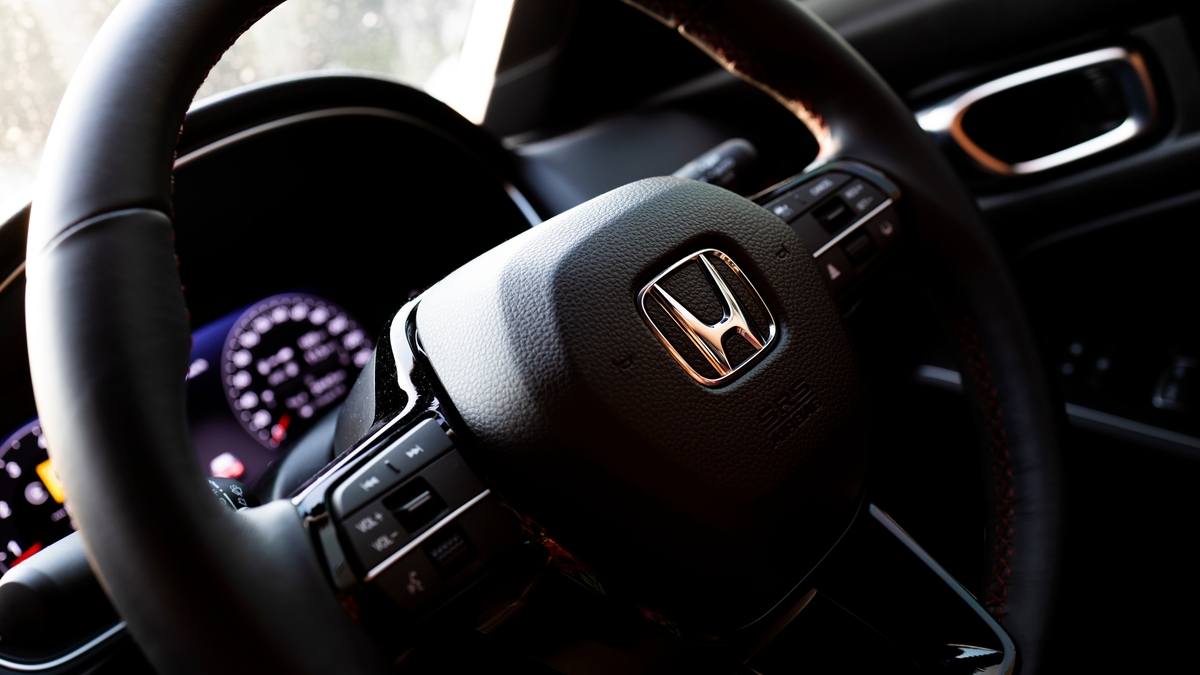Japanese legacy automaker Honda announced plans on Thursday to initiate demonstration tests of its two CI Micro-mobility machines, including an autonomous driving electric vehicle and a logistic robot.
The demonstration tests of the CiKoMa EV and WaPOCHI robot will kick off in Ibaraki Prefecture in Japan in mid-February 2024, The Japan Times reports.
The CiKoMa EV
The CiKoMa is a four-seater self-driving electric vehicle. Its name means “Cooperative Intelligent KOMA (young horse in Japanese),” according to Honda.
It can apparently cruise at a maximum speed of 20 kph. It will offer free transportation from a michi no eki roadside rest station in Joso City to a strawberry-picking farm 850 meters away for free.
“CiKoMa is being developed as a vehicle that the user can hail and get on whenever they need and get off wherever they prefer. Leveraging this ubiquitous nature of CiKoMa, Honda is striving to popularize it as a casual means of transportation for business, sightseeing, or a quick ride around town.”
Honda
The WaPOCHI robot
The WaPOCHI is a micro-mobility robot that walks with people at the farm, helping them carry up to 30 kilograms of cargo or navigate directions. It follows people by detecting their silhouettes, potentially offering a very useful technology for vulnerable people such as the blind and the elderly.
“Further down the road, we envision making WaPOCHI capable of leading the way through a crowd, so that the users, including elderly people, can walk easily in crowds without bumping into passersby.”
Honda
Testing purpose
Honda seeks to accumulate data from the demonstration tests to improve the technologies further.
The Japanese automaker primarily aims to sell the two CI Micro-mobility machines to the local governments to expand its reach and availability.
“We want to improve the accuracy (of movements of the EV and the robot) by conducting more demonstration tests.”
Yuji Yasui, Honda R&D Executive Chief Engineer
These technological development efforts are crucial for Honda’s goals to foster a “society where each and every person can experience the joy and freedom of mobility.” In addition, it can also pave the way for collision-free transportation.

